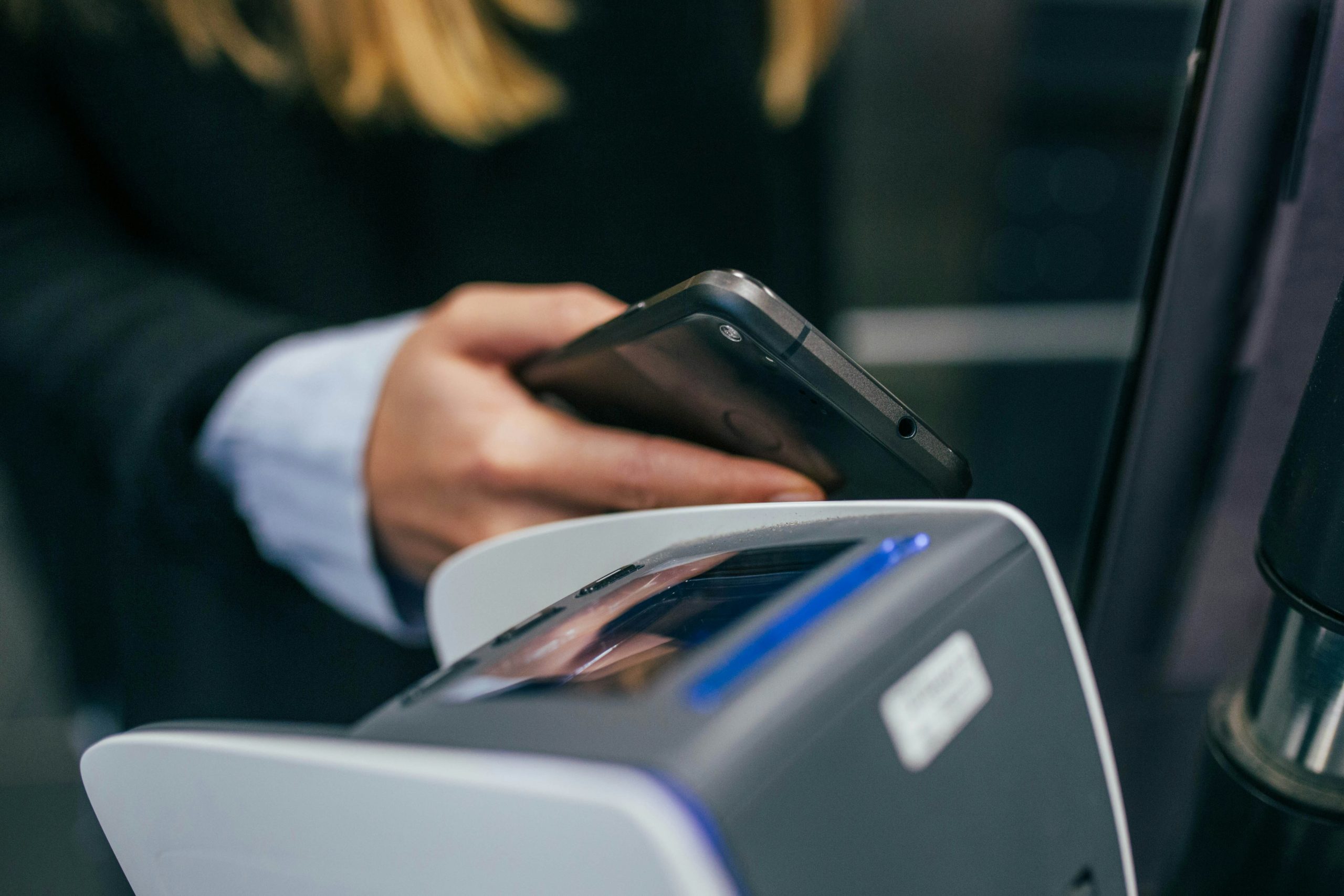Technology
How to get refund if Phonepe transaction failed but money debited

In the fast-paced world of digital payments, the ease of transactions can sometimes lead to unexpected pitfalls. Imagine this: you’ve just completed a purchase using PhonePe, eagerly awaiting your confirmation, only to find that the transaction has failed while your money is still missing in action. Frustrating, right? You’re not alone—this scenario plays out far too often for countless users navigating the complexities of online financial platforms.
But fear not! While it may feel like a daunting task to reclaim your hard-earned money, there are clear steps you can take to secure a refund and restore peace of mind. In this article, we’ll guide you through the process with practical tips and tricks that empower you to tackle transaction mishaps head-on. Whether you’re new to digital wallets or a seasoned user experiencing hiccups for the first time, understanding how to navigate these challenges could save you time and stress in future transactions. Let’s dive into how you can efficiently get your money back when PhonePe lets you down!
Common Reasons for Failed Transactions
Failed transactions can be frustrating, especially when money is debited from your account. Common reasons include network issues that disrupt communication between your bank and the payment gateway. A weak internet connection or server downtime can result in incomplete payments, leaving users in a lurch. Another frequent culprit is incorrect details entered during the transaction process—small typos or mismatches in UPI IDs can derail a perfectly valid payment attempt.
Moreover, insufficient funds or spending limit exceedances are often overlooked concerns that contribute to failed transactions. Users might assume they have enough balance without accounting for pending payments or other deductions. Additionally, discrepancies between the app’s version and the banking software can create compatibility hiccups, adding another layer of complexity to digital payments. Understanding these reasons not only helps you navigate transactions more effectively but also prepares you to respond swiftly should complications arise, ensuring a smoother experience with digital wallets like PhonePe.

Check Your Bank Account for Debits
When a PhonePe transaction fails, but the money is still debited from your bank account, it’s crucial to take a moment and check your bank balance. This seemingly simple step can provide clarity amidst confusion. Sometimes, pending transactions remain in limbo; they could be temporarily deducted or reversed automatically by your bank if the payment doesn’t finalize. By monitoring your account closely, you empower yourself to act quickly when resolving disputes.
While many assume that contacting customer support should be the first step after noticing an issue, double-checking your banking app might uncover vital information—such as transaction IDs or merchant details—that could expedite the refund process. You may also notice if multiple unauthorized charges occurred simultaneously, which can signal fraud rather than just a failed transaction. Keeping good records of all interactions with both PhonePe and your bank strengthens your position and can lead to quicker resolutions as you advocate for your rights effectively. Remember: vigilance over financial activity not only helps secure refunds but also enhances overall financial literacy and confidence in managing electronic payments.
Steps to Report the Transaction Issue
When faced with a failed PhonePe transaction despite the money being debited from your account, swiftly reporting the issue is crucial. Start by gathering essential information: have your transaction ID, date and time of the transaction, and any screenshots handy. This documentation serves as powerful evidence and will speed up the resolution process when you lodge your complaint.
Next, head to the PhonePe app—navigate to ‘Help’ or ‘Support,’ where you can describe your issue in detail. Ensure you’re clear about what went wrong; concise communication often yields faster responses. If initial attempts don’t bear fruit, escalate the matter by contacting customer support via email or social media platforms; sometimes a tweet tagged at their official handle can prompt quicker attention. Lastly, keep track of all communications; persistence pays off when pushing for timely refunds while showcasing your commitment toward resolution.

Using the PhonePe App for Refunds
When a transaction fails on PhonePe but your money has been debited, the first thing to do is remain calm. The app offers a comprehensive refund process designed to protect users from such inconveniences. You may initiate a request directly through the app; look for the ‘Transactions’ section and select the failed transaction. This not only allows for quick documentation of your issue but also facilitates an easy follow-up.
What sets PhonePe apart is its in-app support feature, which connects you with customer service representatives who can guide you through every step. Leveraging chat or call options can save time and provide clarity, as they often handle cases promptly—sometimes even speeding up the inevitably tedious wait times associated with refunds. Additionally, staying informed about transaction statuses through notifications ensures that you’re always aware of where your funds are at any given moment.
Another angle to consider is documenting all interactions during this process. Taking screenshots of transactions and conversations can come in handy if disputes arise later on. Always remember that while technology aims for seamless transactions, occasional hiccups are part of any digital payment landscape; thus utilizing PhonePe’s robust systems keeps you ahead in managing your finances efficiently.
Escalating Unresolved Issues with Authorities
When navigating the frustrating waters of unresolved issues with authorities, it’s essential to understand that persistence can be a double-edged sword. Many users encounter dead ends when seeking resolutions for failed transactions, often feeling trapped in a bureaucratic quagmire. This scenario not only drains financial resources but also emotional energy, leading to confrontations that seem futile.
Yet, elevating your grievances to higher authorities isn’t merely an option; it’s a strategic move. Crafting clear documentation of your interactions and being armed with precise details about the transaction can significantly bolster your case when appealing for assistance beyond the initial points of contact. Leveraging social media platforms or consumer forums to share your experience might also attract attention from customer service teams who are eager to protect their brand image.
In these instances, framing your narrative compellingly could awaken empathy among decision-makers and prompt quicker resolutions. By shining a light on personal stories within broader issues—such as systemic flaws in transaction processing—you can position yourself as not just another dissatisfied customer but an advocate for change. Remember, advocacy often begins with those willing to voice their struggles, transforming individual battles into movements toward accountability and better service practices in digital finance.

Tips to Avoid Future Transaction Failures
To avoid future transaction failures, it’s essential to ensure a stable internet connection before proceeding with any online payments. A fluctuating or weak signal can disrupt the transaction process, leading to frustrating errors and delays. Consider switching to a more reliable Wi-Fi network or using mobile data when you sense your current connection may falter. Additionally, keeping your app updated is crucial; developers frequently roll out enhancements and bug fixes that can resolve underlying issues affecting transactions.
Monitoring your account balance before initiating a payment is another proactive step. Unexpected deductions or incorrect settings in linked bank accounts can result in failed transactions despite having sufficient funds elsewhere. To add an extra layer of security, consider enabling transaction alerts. This allows you to receive immediate notifications about any suspicious activities or potential issues with your account, helping you address them swiftly before they lead to complications during future transactions.
Lastly, familiarize yourself with common error codes associated with payment gateways like PhonePe. Understanding these codes not only empowers you but also equips you to troubleshoot effectively should an issue arise while making a purchase. Staying informed about maintenance schedules for payment platforms can also prove beneficial—transactions may fail during updates without prior notice, so planning around these times helps avoid unnecessary headaches in the first place!
Conclusion: Ensuring Smooth Payment Experiences
Navigating the complexities of digital payments can sometimes feel like a maze, especially when an unexpected transaction failure occurs. For users of platforms like PhonePe, ensuring a smooth payment experience is vital not just for immediate transactions but also for long-term trust and user engagement. Implementing robust customer support mechanisms is one area where enhancements can significantly impact user satisfaction; having easily accessible help channels can alleviate stress and provide clarity during hiccups.
Moreover, integrating technology that anticipates potential failures could contribute to a seamless experience. Features such as instant notifications regarding transaction statuses or proactive alerts about possible issues empower users with real-time information, making them feel more in control of their finances. As digital payment systems evolve, fostering a culture of transparency and reliability will be crucial not just for retaining customers but also for attracting new ones who value security in financial transactions.
Ultimately, the key to ensuring smooth payment experiences lies in continuous improvement and adaptation. Companies must stay attuned to user feedback and emerging technologies, allowing them to refine processes effectively. By prioritizing these elements, businesses can build lasting relationships with their customers based on trust and satisfaction—turning what could be frustrating moments into opportunities for connection and enhanced loyalty.

